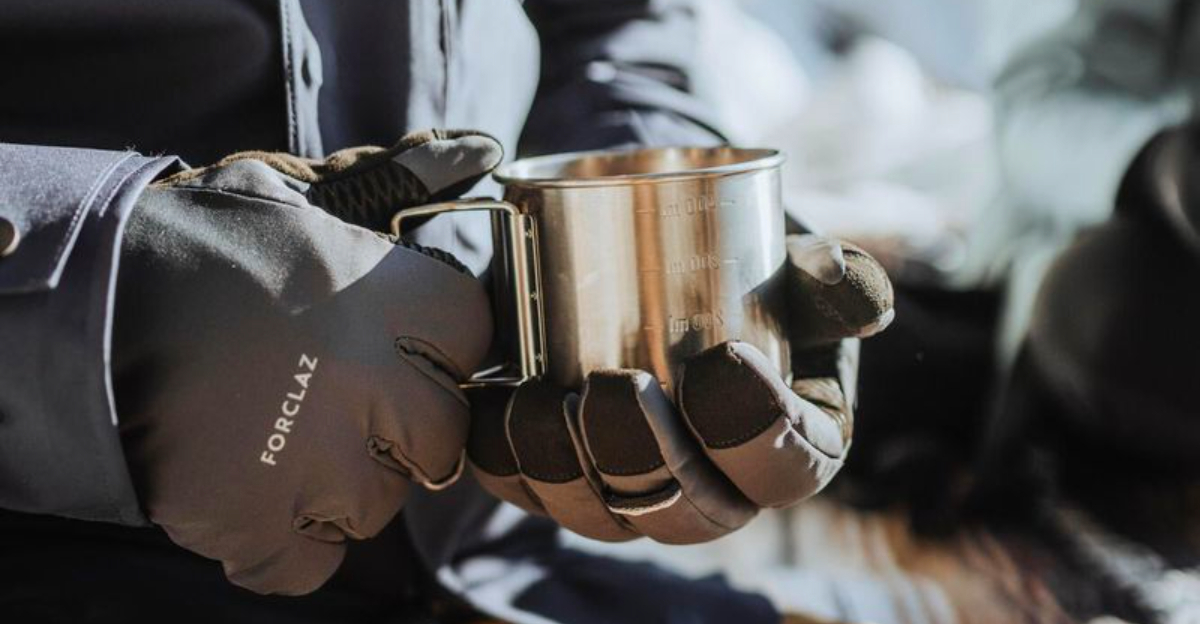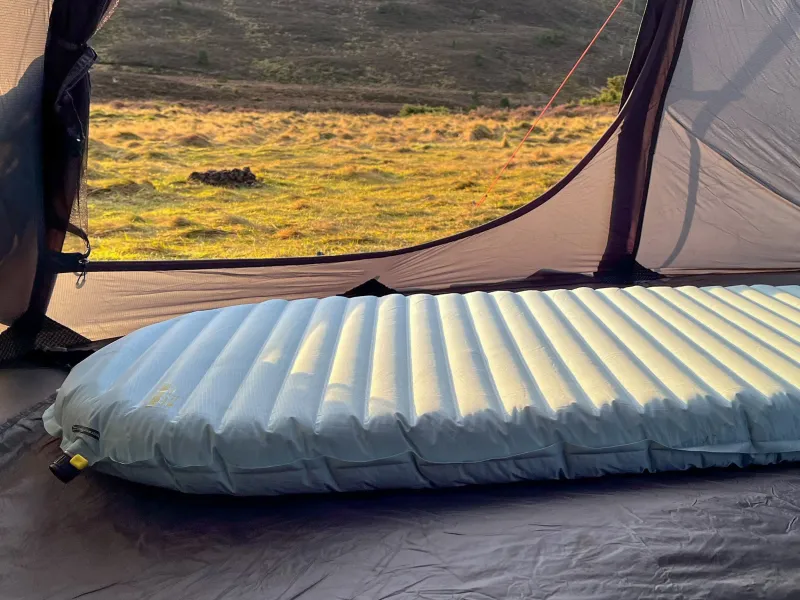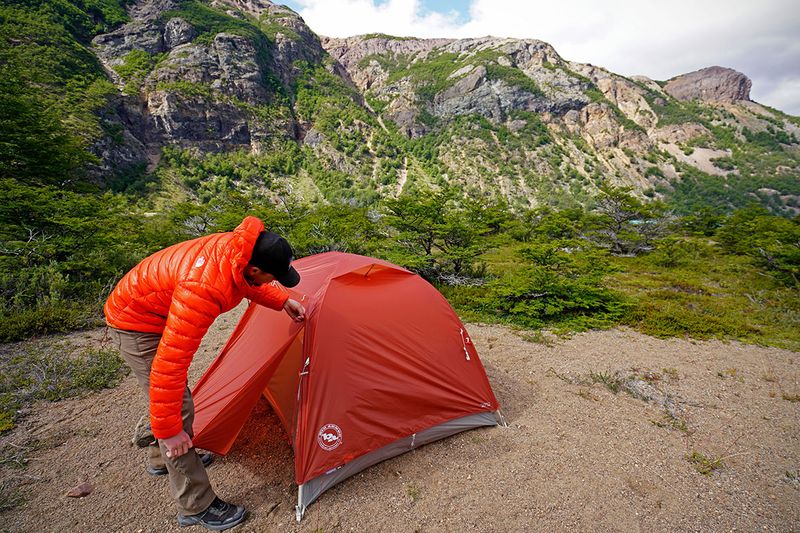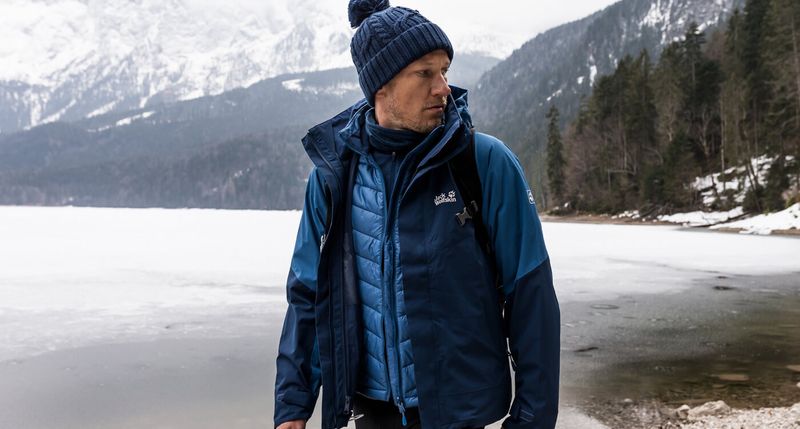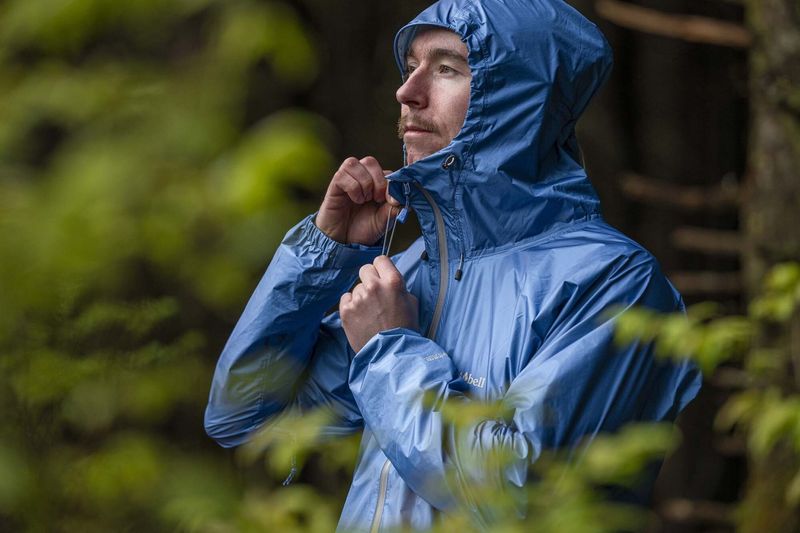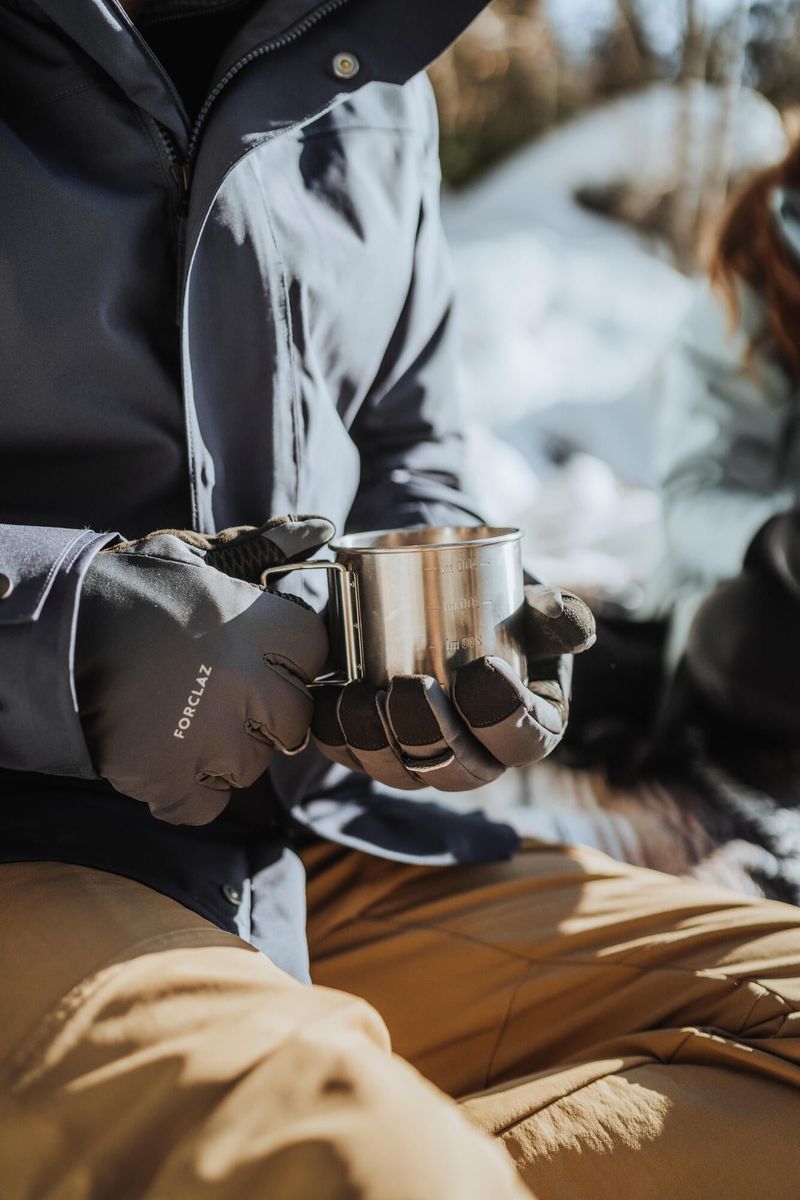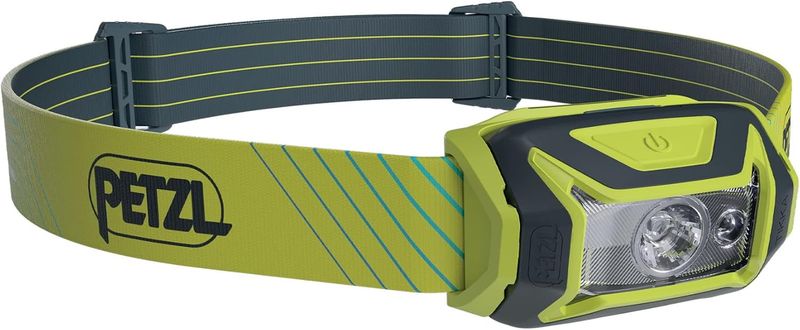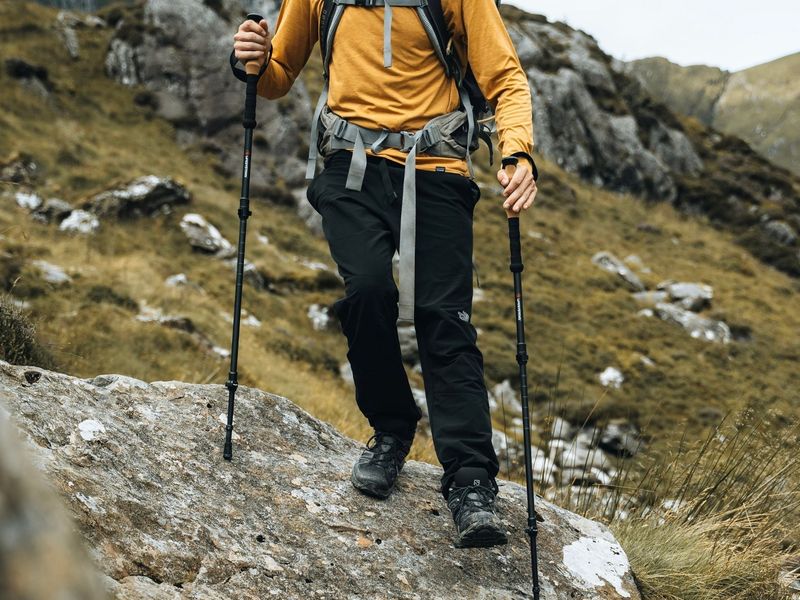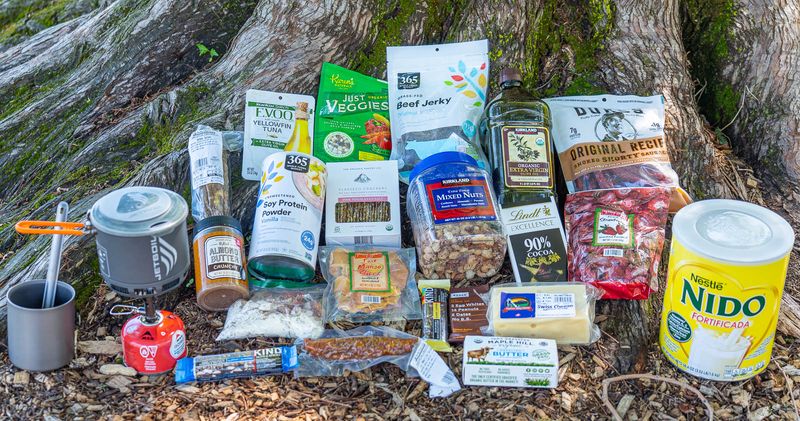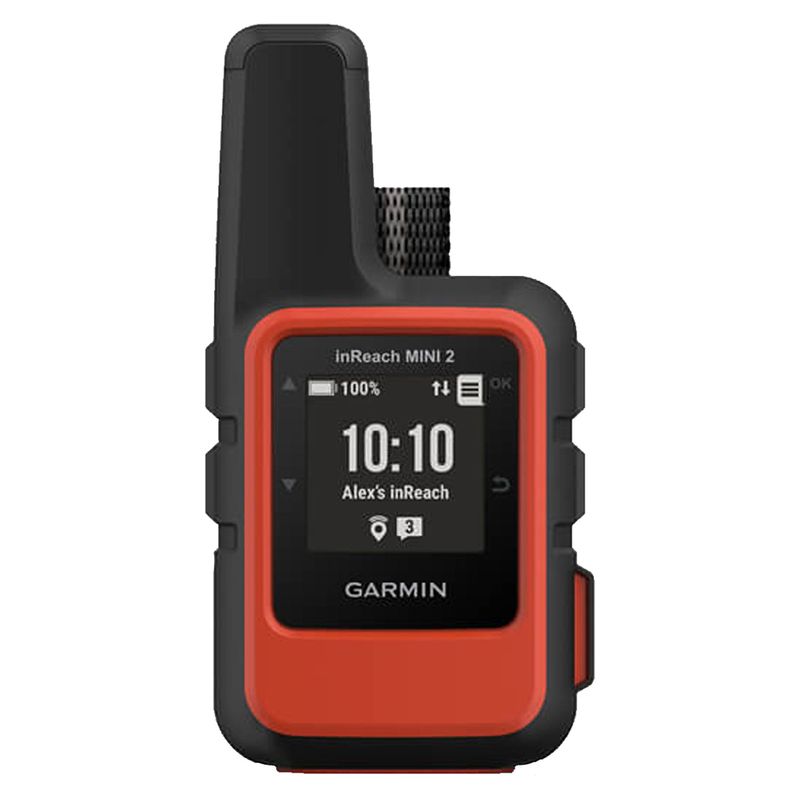Fall hiking brings stunning foliage and cooler temperatures, but it also demands smart gear choices. Shorter days, unpredictable weather, and chilly nights mean you need equipment that keeps you warm, dry, and safe on the trail. Whether you’re planning a weekend adventure or a week-long trek through autumn landscapes, having the right essentials makes all the difference between a memorable trip and a miserable one.
1. Insulated Sleeping Bag
Cold nights can turn a beautiful fall hike into an uncomfortable experience if you’re shivering in your tent. A sleeping bag rated for 20°F or lower ensures you stay cozy even when temperatures drop unexpectedly.
The Therm-a-Rest Questar 20 and NEMO Tempo 20 are excellent choices for autumn conditions. Synthetic fills work great because they retain warmth even if they get damp from condensation. Always choose a bag rated about 10 degrees colder than the forecast to guarantee comfort throughout the night.
2. Warm Sleeping Pad
Ground cold seeps through even the thickest sleeping bag without proper insulation beneath you. An insulated pad with a high R-value creates a barrier between your body and the freezing earth below.
The Therm-a-Rest NeoAir XTherm NXT boasts an impressive R-value of 7.3, making it perfect for chilly autumn nights. This measurement indicates how well the pad resists heat loss. Higher numbers mean better insulation, so look for pads with R-values above 4 for fall camping to stay warm and rested.
3. Weather-Resistant Tent
Fall storms arrive quickly, bringing gusty winds and cold rain that can ruin your trip without solid shelter. A tent with a strong frame and complete rainfly protection keeps you dry and secure during unpredictable weather.
The Big Agnes Copper Spur UL2 and MSR Elixir 2 offer excellent weather resistance while remaining lightweight for backpacking. Look for tents with aluminum poles rather than fiberglass, as they handle wind better. Make sure the rainfly extends close to the ground for maximum protection.
4. Layered Clothing System
Temperature swings from morning frost to midday warmth require clothing you can easily adjust throughout the day. Layering lets you add or remove pieces as conditions change, keeping you comfortable without overheating or freezing.
Start with moisture-wicking base layers like Smartwool Merino 250, add an insulating jacket such as the Patagonia Nano Puff, and top with a waterproof shell. This combination adapts to any fall situation. Avoid cotton completely, as it stays wet and makes you colder once you start sweating.
5. Waterproof Rain Jacket
Autumn showers appear without warning, soaking unprepared hikers in minutes. A quality rain jacket with high breathability ratings keeps precipitation out while letting sweat escape, preventing that clammy feeling inside.
The Montbell Versalite features a three-layer design with enhanced breathability for 2025, making it ideal for active hiking. Look for jackets with pit zips for extra ventilation during steep climbs. Packable designs stuff into their own pockets, saving valuable backpack space when the sun returns.
6. Warm Gloves and Hat
Your body loses heat fastest through your head and hands, especially during crisp morning starts at higher elevations. Protecting these extremities prevents numbness and keeps your whole body feeling warmer.
Pack lightweight insulated gloves and a fleece or wool hat in an easy-to-reach pocket for quick access. Touchscreen-compatible fingertips let you check your phone or GPS without exposing bare skin. Even if forecasts promise mild weather, temperatures drop significantly before sunrise and after sunset during fall months.
7. Headlamp with Extra Batteries
Daylight fades quickly in autumn, sometimes catching hikers off guard before they reach camp. A reliable headlamp becomes essential equipment rather than optional gear during shorter fall days.
The Petzl Tikka provides excellent brightness while remaining lightweight and comfortable for extended wear. Always pack fresh batteries and a spare set, as cold temperatures drain power faster than summer conditions. Red light modes preserve night vision while checking maps or organizing gear after dark without disturbing camping neighbors.
8. Trekking Poles
Wet leaves and muddy trails create slippery conditions that challenge even experienced hikers during autumn. Trekking poles provide crucial stability on uncertain terrain while reducing stress on knees during steep descents.
Adjustable poles let you shorten them for uphill climbs and lengthen them for downhill sections, optimizing balance throughout your hike. They also help you test puddle depths and push aside vegetation blocking narrow trails. Carbide tips grip better than rubber on slick surfaces, making them worthwhile for fall conditions.
9. High-Energy Foods
Your body burns extra calories fighting cold temperatures and hiking through challenging fall terrain. Packing nutrient-dense, easy-to-prepare foods keeps energy levels high without requiring complicated cooking in chilly weather.
Dehydrated meals, energy bars, nuts, and dried fruits provide maximum calories with minimum weight and preparation time. Cold-soaking meals in water pouches eliminates the need for fuel while you hike. Chocolate and nut butters offer quick energy boosts during rest stops when your body needs immediate fuel.
10. Navigation Tools
Shorter days and foggy fall weather make navigation more challenging when visibility drops suddenly. Reliable tools prevent dangerous situations when trails become unclear or weather forces route changes.
The Garmin inReach Mini 2 combines GPS tracking with two-way satellite messaging and emergency SOS functionality in a compact package. Always carry backup paper maps and a compass since electronic devices can fail in cold temperatures. Download offline maps before your trip, as cell service disappears quickly in remote areas where fall colors look most spectacular.
